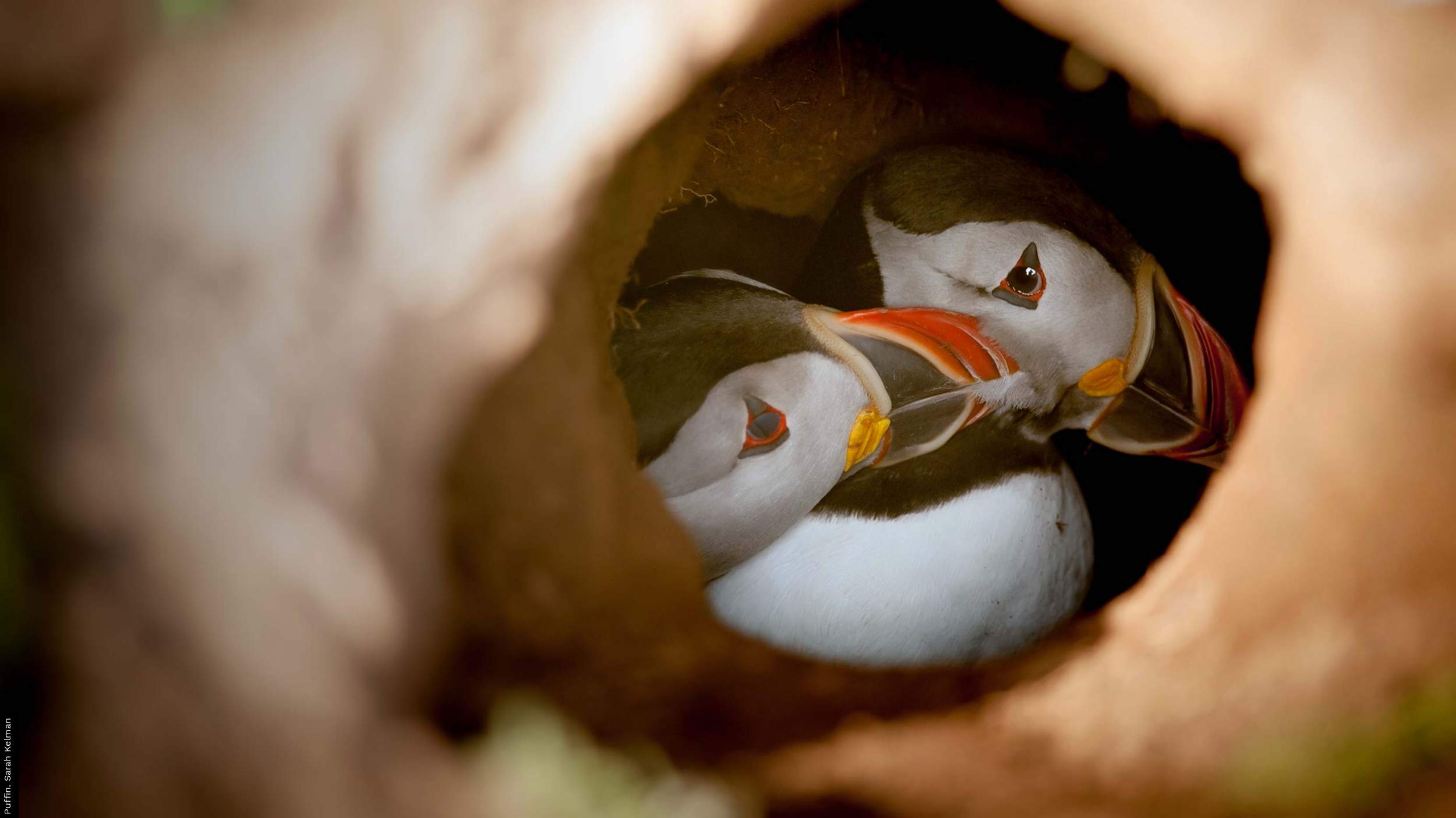Taking part
Nest recording could include activities such as monitoring waterbird nests on a village pond, recording Swallow nests in farm buildings, putting up and visiting nest boxes, or finding finch and warbler nests in an area of scrub.
Taking part
Learn how to record a nest
How to Record a NestRecording a nest means visiting or observing an active nesting attempt on several dates and logging what you see using standardised techniques. These are easy to learn but you do need to know them in order to collect the right data.
Learn the Code of Conduct
Code of ConductIt is essential that nest recording does not harm or risk the nests being monitored and therefore we ask all participants to learn our Code of Conduct. By following its precautions you will ensure that your nest monitoring is safe for the birds.
Are you planning to monitor nests in Northern Ireland, or the Republic of Ireland?
Please note that it is not necessary to apply for a licence prior to participating in the Nest Record Scheme.
However, if you wish to participate in Nesting Neighbours, you will need to apply. Find out more.
Sign up on the BTO website
Please log in to My BTO, look for Nest Record Scheme in your list of available projects and press the ‘Sign Up’ button. If you don’t have a My BTO account you’ll have to create one first. Once signed up you’ll have access to features such as our recording app and you’ll get our bi-annual magazine Life Cycle.
Check you have everything you need
Before monitoring your first nests it’s worth running through a checklist: do you know the Code of Conduct and have you familiarised yourself with the methodology? Have you read the general health and safety guidance for BTO volunteers? If you expect to find nests you can’t reach, do you have a mirror on a stick? Can you record precise grid references of nests with your phone or hand-held GPS? It is beneficial to record status and habitats in the field; do you have the Ringing and NRS Info app which provides these codes in the resources, or a saved copy of the habitat codes and status codes?
Monitor some nests!
So long as it is the breeding season you can start right away. Obviously, not all species are nesting at the same time but some are always busy between March and September. See the annual timeline below for further guidance.
Input your observations into Demography Online
Go to Demography OnlineOnce you’ve started collecting observations, you should input them into Demography Online (DemOn). There is guidance for using DemOn if you need help getting started with data entry.
Posting on social media?
social media guidanceSocial media is a useful way to increase engagement with ringing and nest monitoring activities, promoting the valuable contribution that these studies make to our understanding of why bird populations change. It can, however, be a volatile environment, so we have developed some guidance, which we hope you will find useful.
Monitoring specially protected species
Although nests of all wild birds can be recorded for NRS, some species are specially protected under Schedule 1 of the Wildlife and Countryside Act, such as Barn Owl, Kingfisher and Cetti’s Warbler. For Schedule 1 species, you must get a permit before attempting to look for, monitor or otherwise approach their nests.
Annual Timeline
Annual Timeline
For nest records to be most useful to scientists we need a good spread from the beginning, middle and end of the breeding season. Therefore we encourage people to ‘see the season through’, and to remember species like Woodpigeon that predominately nest later in the year.
Here’s a timeline of a typical season:
February – March: resident species such as Long-tailed Tit and Tawny Owl will begin in February and most residents will be nesting by the end of March.
April – June: the peak nesting period for resident and migratory birds.
July – August: lots of species will still be tending chicks and some even starting second or third nests, such as Swallow, Goldfinch and Woodpigeon.
September onwards: some species like Woodpigeon are still busy by this time and depending on the season Barn Owls may still be nesting into October and November.
Further guidance and support
We have lots of advice and guidance for nest monitoring, as well as information about how to develop your skills.
Need some nest boxes?
Get up to speed with our essential nest box guide, which includes plans for four common species.
Download Nest boxes essential guide





Share this page